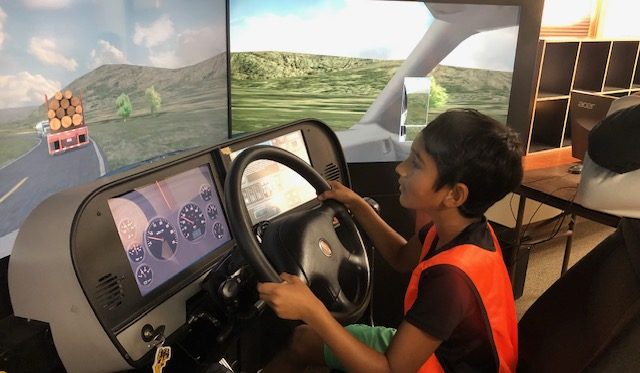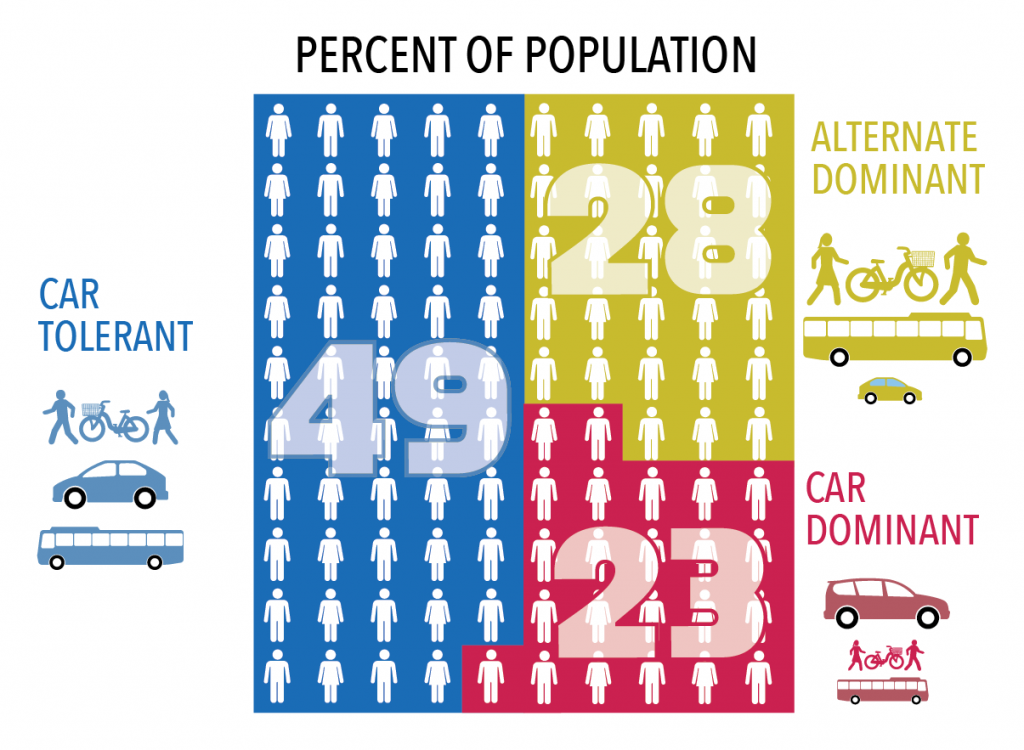Week-long Summer Camp Introduces Kids to Transportation Planning

In August, twenty-four Montana middle school students participated in WTI’s weeklong Summer Transportation Camp, held at Salish Kootenai College (SKC) in Pablo, Montana. The camp introduced participants to a wide range of transportation and STEM topics. Students were able to pick out a bike from Free Cycle bike kitchen in Missoula, which they used to […]
IN THE NEWS: GoGallatin Program Manager on Potential for Ride-Share Partnership, WTI Road Ecology Manager on Benefits of Wildlife Crossings
GoGallatin Program Manager Highlighted in Mass Transit Magazine Earlier this month, WTI Research Associate Matthew Madsen discussed the role of trip planning in a Mass Transit Magazine article about Whitefish, Montana’s plan to reduce transportation emissions. Madsen, who is also the GoGallatin Program Manager, presented to the City on a potential partnership with the trip […]
Vermont Travel Study Featured in TRB Newsletter

The National Academy of Sciences Transportation Research Board (TRB) is raising awareness of a new WTI study on travel behavior, by highlighting it in its weekly newsletter. Researchers Andrea Hamre and Jonathan Fisher recently completed “Travel Behavior and Transportation Planning Insights from the Small Urban Area of Chittenden County, Vermont: An Application of Traveler Segmentation,” […]
Distinctly Montana Explores the Future of Transportation with Ahmed Al-Kaisy

In its Fall 2020 issue, Distinctly Montana continued its series of articles on “Montana in 30 Years.” To explore the topic of transportation, the magazine interviewed MSU Engineering Professor and WTI Safety and Operations Researcher Ahmed Al-Kaisy. Dr. Al-Kaisy discusses a wide range of transportation issues, ranging from current challenges such as highway funding and […]
